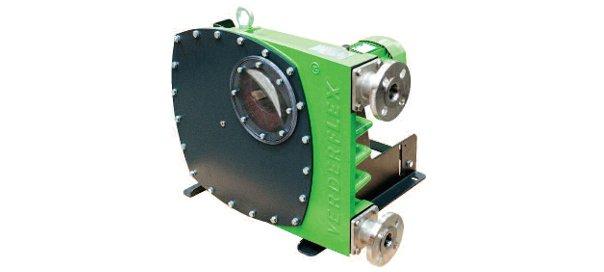The process of fermentation Winemaking or vinification starts with the selection of grapes. After harvesting the grapes, they are taken to a winery for fermentation. Red grapes are made from the pulp fermented along with the skin, which gives it the real colour. Whereas white wine is made by fermenting the juice extracted from the grapes.
Traditionally the grapes were collected in oak vessels for fermentation. Nowadays, many wineries adopt a more modern approach of fermenting in Stainless Steel containers open at the top.
During this stage yeast may be added to catalyse the fermentation process. This usually takes one to two weeks during which the yeast converts sugar in the grapes into alcohol. The alcoholic fermentation takes place in the favourable conditions created by pumping over the mixture and pigeages (traditional stomping of grapes), along with the addition of yeast. At the end of the process, yeast is removed to avoid spoiling of flavor and to leave the wine with a clear, crisp appearance.
Verderflex hose pumps in the filter press
The process to remove yeast is usually performed by introducing diatomaceous (kieselguhr) earth into the fermented wine. The fine particles of diatomaceous earth attract the yeast cells to form clumps, which remain in a suspension referred to as yeast slurry. The yeast slurry is then pumped through a filter press with a Verderflex peristaltic pump, before the wine is finally stored or bottled.
A German company manufactures chamber filter press system mounted on a skid with a Verderflex VF25 industrial hose pump as part of a standard filter press system.
From the yeast slurry storage vessel, the slurry is fed into the peristaltic pump through a 32-mm suction line made from flexible Verderflex hose to reduce pulsation. The peristaltic Verderflex pump is fitted with DIN 11851, type SC stainless steel sanitary connections of 32 mm, with reducing inserts to suit the 25mm tubing. The drive of the pump is a 1.1 kW gear reducer giving a pump speed of 48 rpm, delivering 800 l/hr of product to the filter press.
On the discharge side of the filter press pump, a 32mm flexible hose is used to feed the filter press. It is important to eliminate the pulsation on the discharge side of the peristaltic pump, so in addition to the flexible hose, an air dome is installed. The air dome has a volume of approximately 20 liters, allowing it to absorb pulsation, but also to act as a pressurized storage tank for the filter.
The chamber filters are evenly filled with wine/yeast slurry mixture, to a pressure of 10 bar. This pressure is maintained and not exceeded, for effective operation. To achieve this a pressure sensor is installed on top of the air dome and is set to stop the Verderflex pump running when 10 bar pressure is registered. At least one pressing shoe of the pump is always positioned to be fully compressing the hose, acting as a valve, thus maintaining the pressure in the air dome and chamber filter.
As the wine slowly flows through the filter the pressure inside the air dome reduces, until the sensor registers a pressure of 7 bar, at which point it is set to start the Verderflex pump again. The industrial hose pump continues to stop and start in this cycle, maintaining an even pressure between 7 and 10 bar until the filter is completely filled with the yeast solids. At the end of a batch, when the yeast slurry feed vessel is empty, the peristaltic Verderflex pump can run dry without damage. Or, if the filter is blocked in the middle of a batch, the hose pump can then be reversed to empty the filter and air dome of yeast slurry, leaving the filter dry, so the yeast cake can be removed.
Some of the reasons why Verderflex hose pumps are popular in wineries.
In these wineries in Germany the duty cycle is for approximately 500 running hours per unit per year.After each season, the hose inside the pump is replaced with a new one.
The advantages and benefits of the Verderflex hose pumps:
- Self priming, yeast product can be taken from the storage vessel, even if this is below the filter unit
- Metering capability, constant flow to the filter at increasing pressures
- No moving part in the liquid stream, only the hose in contact with the wine
- Reduced maintenance, only the hose as wearing part
- Dry running, at the end of each batch the pump runs dry without problems
- Non return valves are not required as the pressing shoe close the hose completely.

